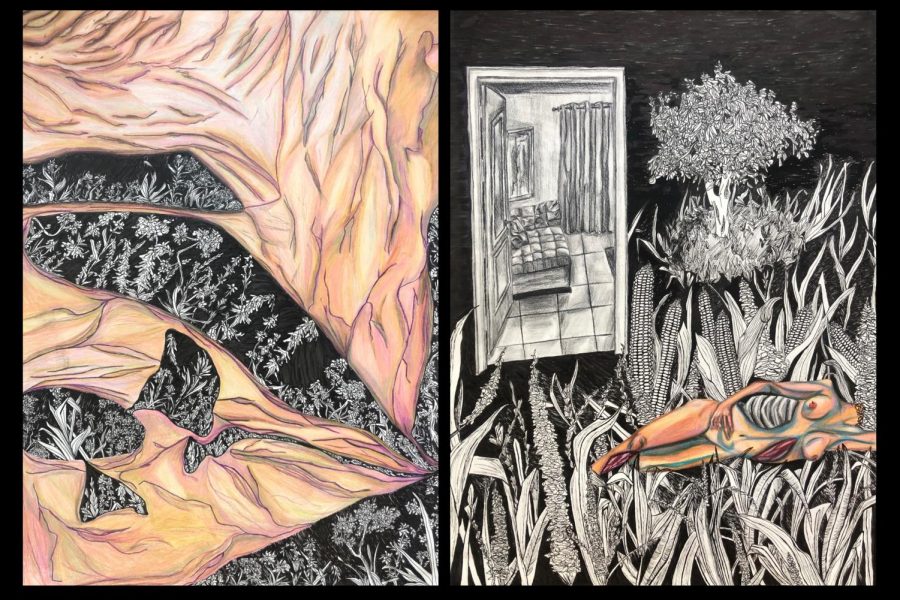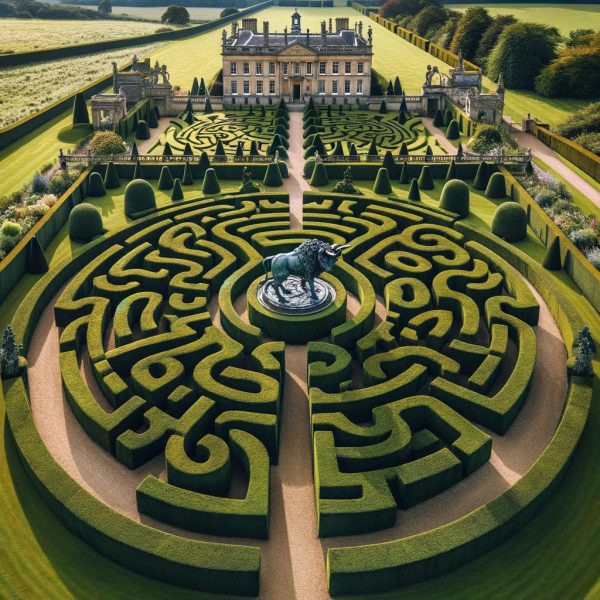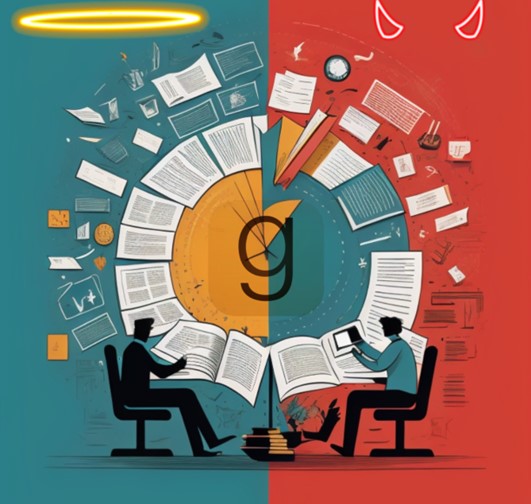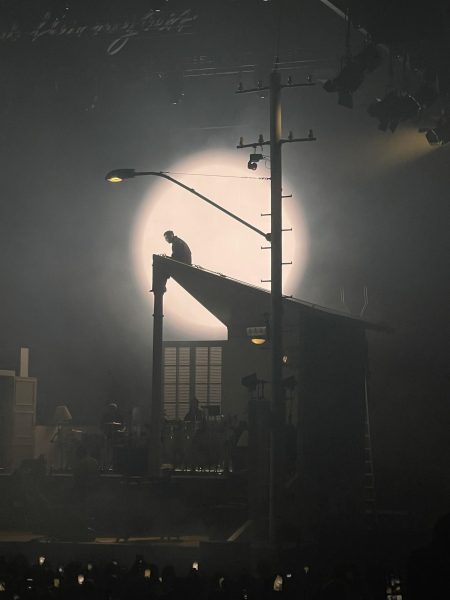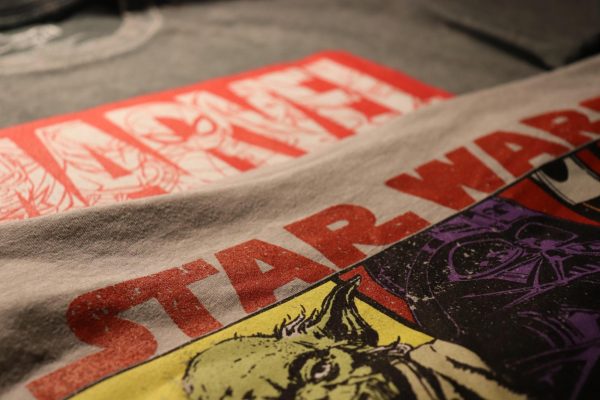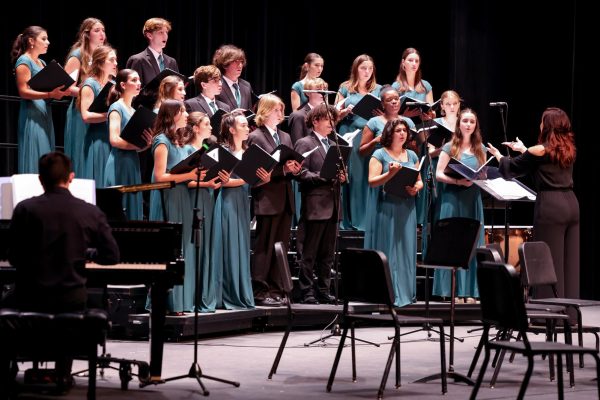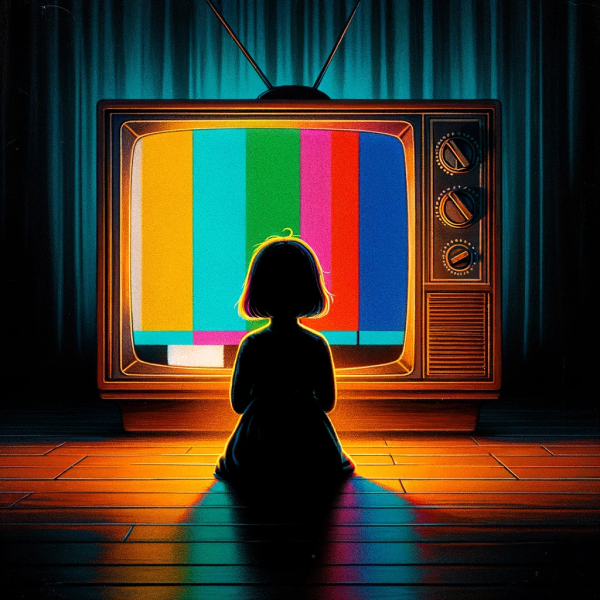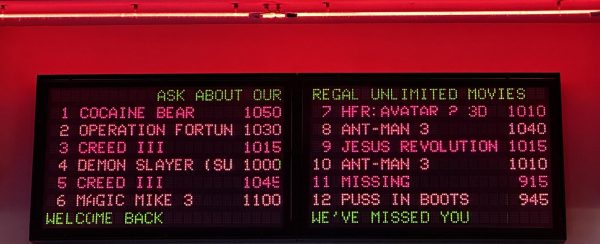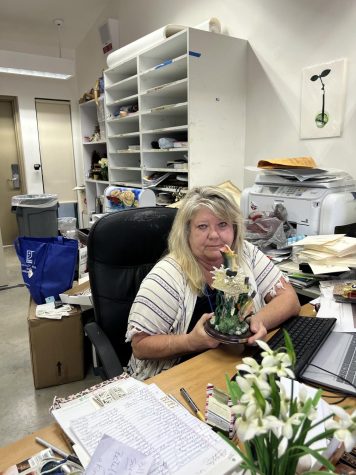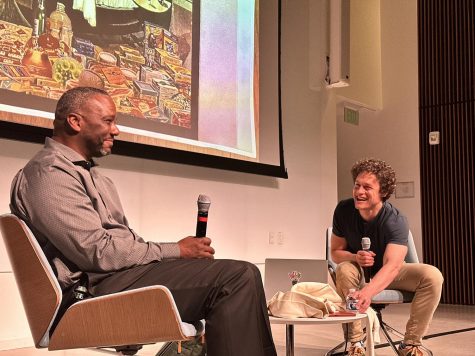In quarantine, students practice pandemic painting
Art is a long and difficult process. It takes time to find subjects, it takes time to gather supplies, and it takes time to make the art. During quarantine, many artists found themselves with more time to work on their artwork than they had ever had before, allowing them to focus and connect with their craft. For some, however, the experience was much more complicated—and in some cases, stifling.
In lockdown, Inceni Cabrera ’22, the former Vice President of the Digital Art club, had “a lot of extra time to draw.” “Before [the pandemic] I would draw maybe a full piece like once a month, and then during the pandemic it would get to a certain point that I would draw and finish a piece every single day,” she said. She used this extra time to improve her work. “I started doing more realism during the pandemic because I wanted to understand the foundations of anatomy.”
The school year is a busy time for many artists. Balancing schoolwork, extracurriculars, their art, and health is a difficult task. It is for this reason that a lot of artists do their work as “one big piece during a break,” said Yuhan Liu ’21. The pandemic was basically one long break, leaving many with more time to do work. As Dani Sanchez ’21 put it, “I didn’t have distractions within a larger school environment.” She had more time to focus and connect with her art, developing her ideas.
It also gave Sanchez time to work on more pieces. Before the quarantine, her art being so detailed meant she made “three, max five, works in a school year, and then the summer to make more. During quarantine I actually… made almost ten pieces, which is a lot for the work that I do.”
But not every RE artist had the same ability to do what they wanted with that extra time. A lot depended on medium. “Digital art is a medium where I can do all these different things, like painting digitally or sketching digitally, without having to use up any physical resources,” Cabrera said.
Other artists who needed to go to stores for sketchbooks, pencils, paints, and other supplies had to adjust. Liu, who was working on a Bowden Fellowship, knew she had to stock up, so she used school funding to “order a lot of supplies” to work on her major project over quarantine. The theme of her art was communication between artists in movements.
But there was also the matter of subject for the pieces. Sanchez had planned a massive trip for the spring and summer of 2020 to conduct research into the culture of the Huichol people in Mexico and the American West, but it had been paused due to the pandemic. As a result, she had to find other ways to investigate potential pieces during quarantine. While she does not think what she did during quarantine made up for the loss of the trip, she does think that the extra time to do extensive research gave her a greater appreciation for anthropology.
Like all hobbies, art is an enjoyable task that is meant to help creativity and calm the hobbyist. During lockdowns many people turned to hobbies to keep sane, while those who already had hobbies tried to expand their horizons. “Art’s always been something to keep me sane… I definitely held on to it more during quarantine.” says Sanchez.
Another bright side: Because of this increased interest in art, there was more sharing between artists, “So one of the exciting things in the summer was that I got to exhibit some of my art at the Art Institute of Chicago’s online exhibition,” Liu said, “and it was entirely virtual. So, I got to log in, I got to look at other peoples’ works.” This made art more accessible to people getting into the hobby during quarantine, opening the field to new members. Not everyone has the time or ability to go and see art exhibits, but the virtual world created during lockdown allowed more people to join these artistic festivals than would have been able to attend during a regular year.
Quarantine was a blessing and a curse for artists. While it gave them more time to work, it also cancelled their major plans. They had to deal with the problems that the quarantine provided, such as being stuck at home and unable to explore new environments for inspiration nor obtain proper materials as frequently. However, these artists were able to take these drawbacks in stride and improve their skills. Artists took time to improve their skills and others started up new projects.


